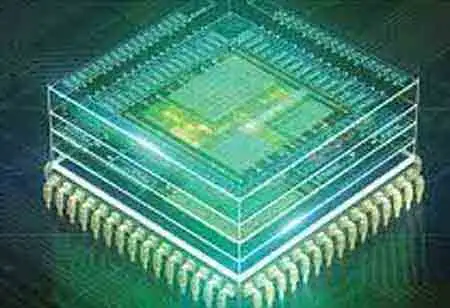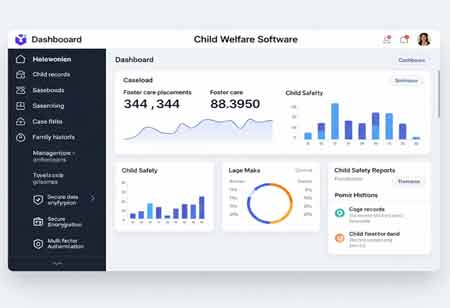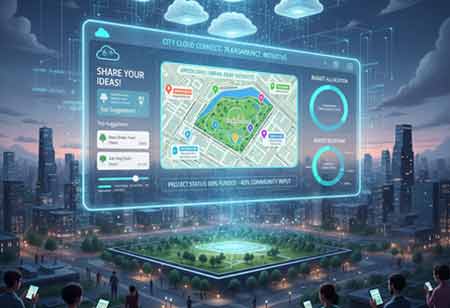THANK YOU FOR SUBSCRIBING
Be first to read the latest tech news, Industry Leader's Insights, and CIO interviews of medium and large enterprises exclusively from Gov CIO Outlook
THANK YOU FOR SUBSCRIBING

By
Government CIO Outlook | Monday, July 12, 2021
Stay ahead of the industry with exclusive feature stories on the top companies, expert insights and the latest news delivered straight to your inbox. Subscribe today.
The use of IoT technology in regulating is not new. By combining IoT with Artificial Intelligence and Machine Learning, powerful tools have been created to enhance surveillance footage analysis dramatically and even predict recent events. This technology is set to redefine how policing is done worldwide.
FREMONT, CA: Artificial intelligence and Internet of Things technologies continue to transform how people live on a global scale. The following section discusses how technologies enhance security forces’ capabilities worldwide, thereby making all a little bit safer.
Cameras that are correlated
For several decades, police forces worldwide have used advanced connected camera systems to monitor high-crime areas, prevent future incidents, and track criminals. As a direct result, crime rates have decreased globally. In addition, surveillance has become more dependable, sophisticated, and effective over time.
Critical video analysis
Without the tools necessary to properly analyze the footage gathered, connected camera systems are essentially useless. Typically, officers would spend several hours per day deciphering hundreds of hours of surveillance footage, searching for a desired profile or event. However, in recent years, police departments have begun to employ Machine Learning algorithms when filtering through surveillance footage to increase efficiency and maximize officer time exponentially.
Predictive Policing
Artificial Intelligence and Big Data technologies can now predict the location of future crimes with a reasonable degree of accuracy. For example, PredPol is a ground-breaking predictive policing model developed at UCLA by a data scientist team. Law enforcement agencies use this tool to determine the likely location of future criminal activity. The system is fed historical data on three primary variables: the type of crime committed, the time it occurred, and the location of the crime. The algorithm can then dynamically predict the next moves of gangs and well-known criminals using this data.
I agree We use cookies on this website to enhance your user experience. By clicking any link on this page you are giving your consent for us to set cookies. More info



